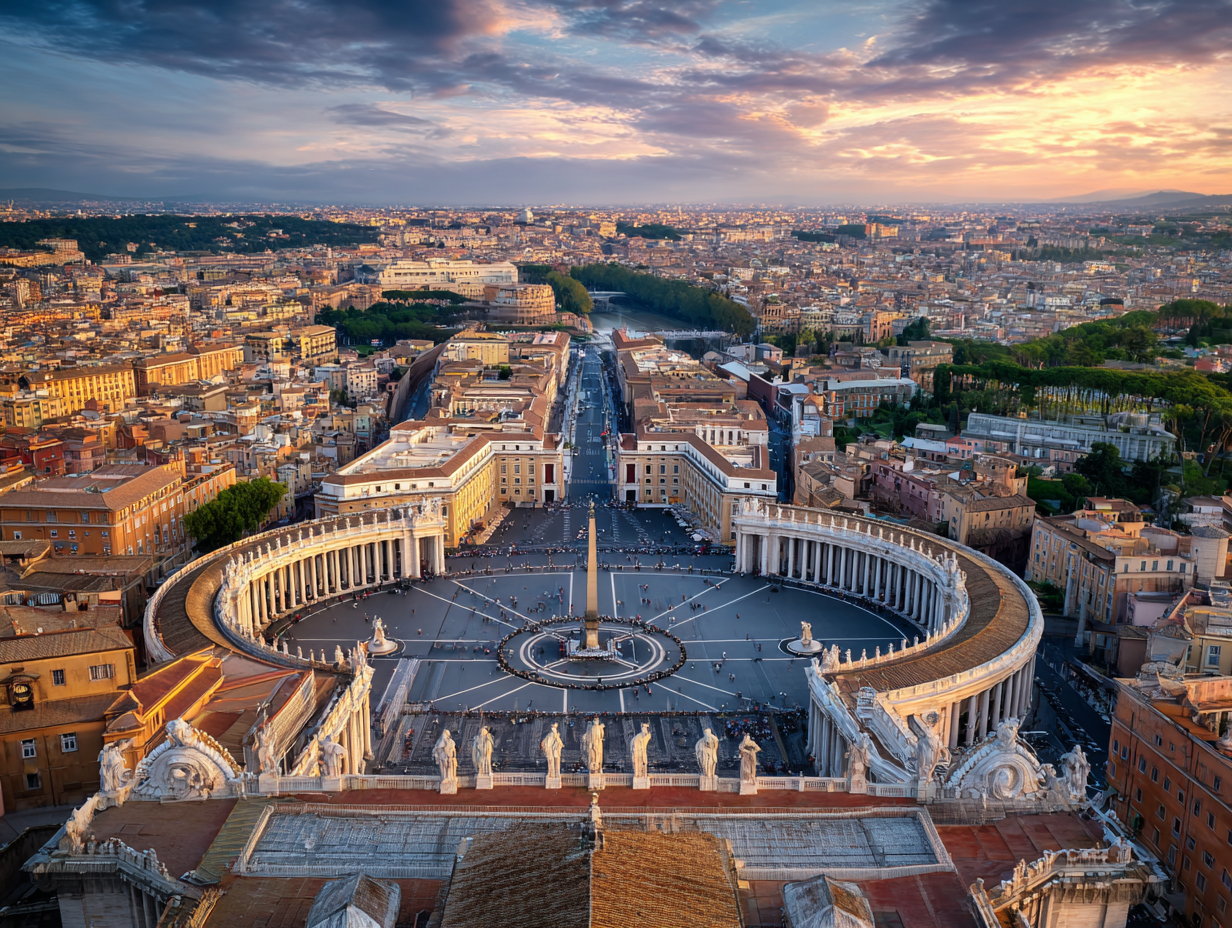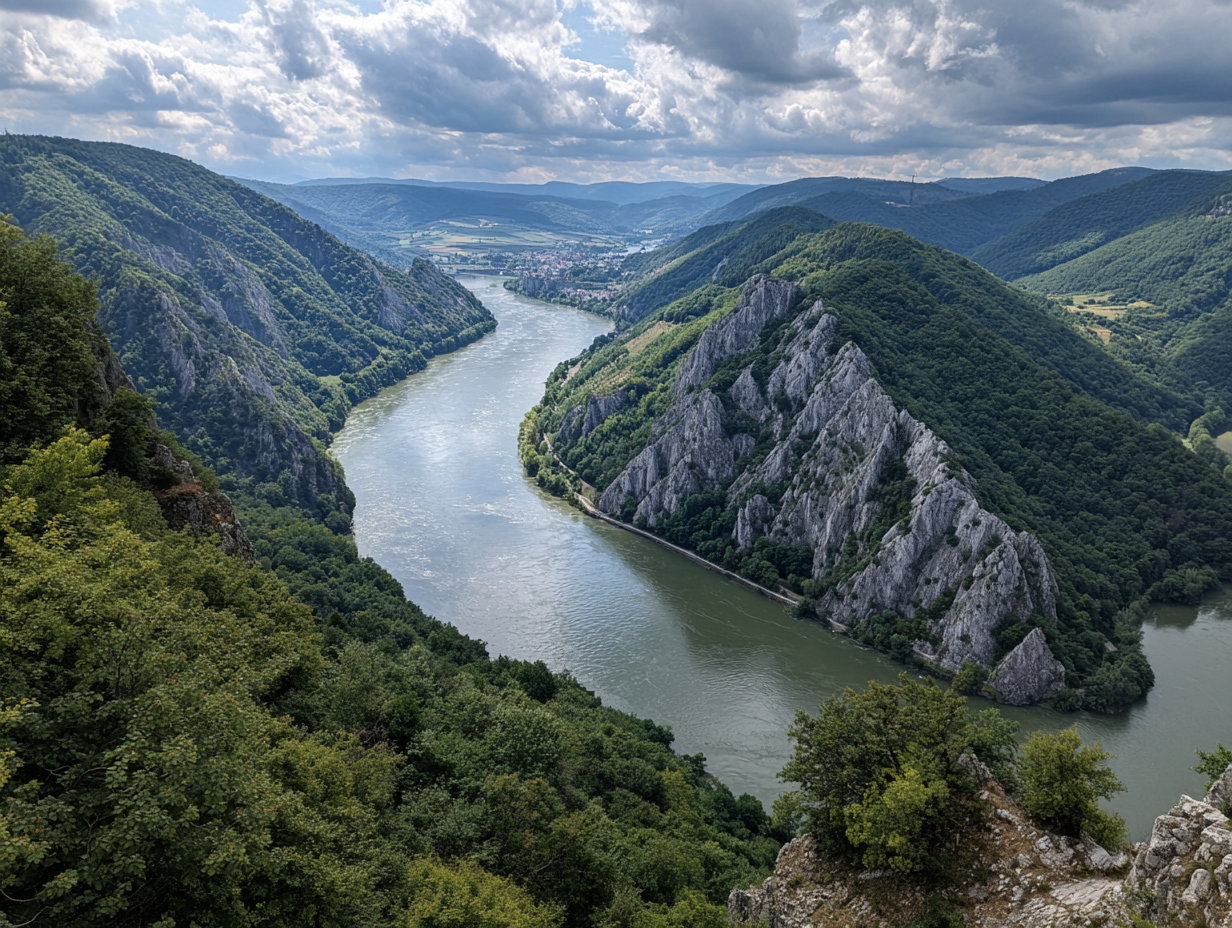In a world where low-cost flights crisscross the planet and almost every destination feels a booking away, it might come as a surprise to know that there are still places that don’t have airports. These handful of countries, in fact, function perfectly well without an airport. They even welcome visitors each year i large numbers, but not a single plane lands within their borders. If you are curious by now and wondering how people get in, here’s a look at five airport-less nations — and the routes that make them accessible.
Vatican City
The beautiful, and popular destination, doesn’t need runways, as it barely has space for a parking lot. Vatican City sits entirely within Rome and spans less than half a square kilometre, making it easier to explore on foot than most neighbourhoods. Travellers usually fly into Rome’s Leonardo da Vinci (Fiumicino) Airport and simply walk or take a short ride to the Vatican. It’s also the rare country where you can attend a Papal blessing and be eating gelato across the border minutes later.
San Marino
San Marino, a picture-perfect country that never had its own airport, is perched high on a rocky mountaintop in central Italy. After landing at Rimini Airport in Italy, tourists usually drive or take a bus inside the enclave. San Marino is one of the oldest republics in the world despite its modest size, and its stone streets and mediaeval towers transport visitors back in time.
Liechtenstein
Liechtenstein is beautifully sandwiched between Austria and Switzerland, and is not par of the the aviation game, meaning no airports for planes to land. Fortunately, it’s only around an hour’s drive or train ride to Zurich Airport, one of the busiest in Europe. SO now you know how to reach there. And once within Liechtenstein, you’ll have all the time to discover picturesque scenery, regal castles, and mountain communities.
Andorra
Set deep in the Pyrenees, Andorra is yet another destination with no airports. It can be safely said that it trades airports for dramatic mountains and world-class ski slopes. Travellers usually arrive via Spain’s Barcelona Airport or France’s Toulouse Airport, which is followed by a scenic bus ride that winds into this high-altitude microstate. Helicopter transfers are also available, for those wanting a more dramatic entrance. No runways here, but plenty of snow, shopping, and panoramic views.
Monaco
Don’t be fooled by this glitzy principality with its superyachts, luxury hotels, and the iconic Formula 1 street circuit — Monaco has no airport. Travellers fly into Nice Côte d’Azur Airport in France and then make a short road transfer, or an even shorter helicopter hop, to reach Monaco’s harbour-lined streets. It’s one of the few places in the world where the journey from airport runway to casino floor can take less than half an hour.



